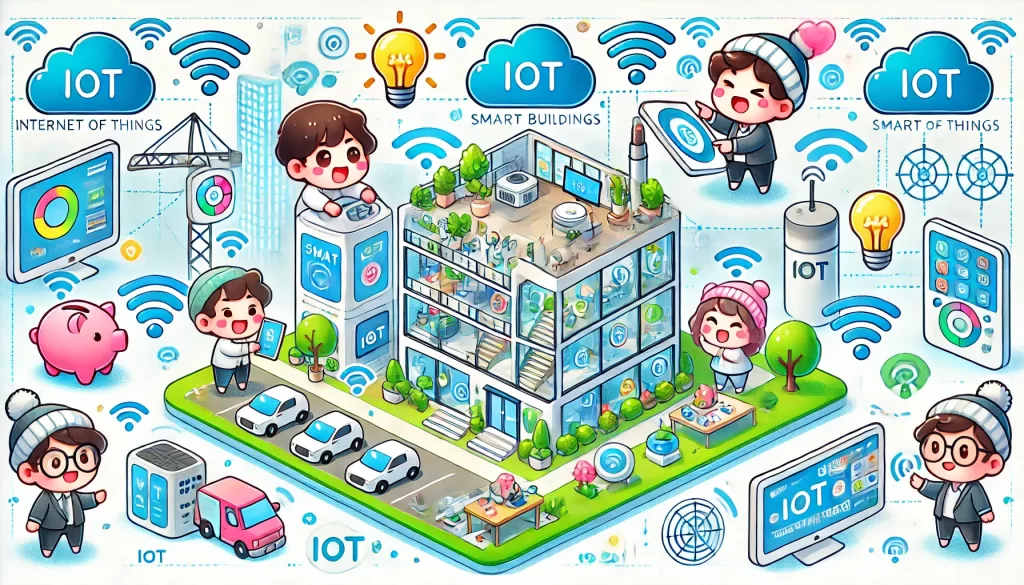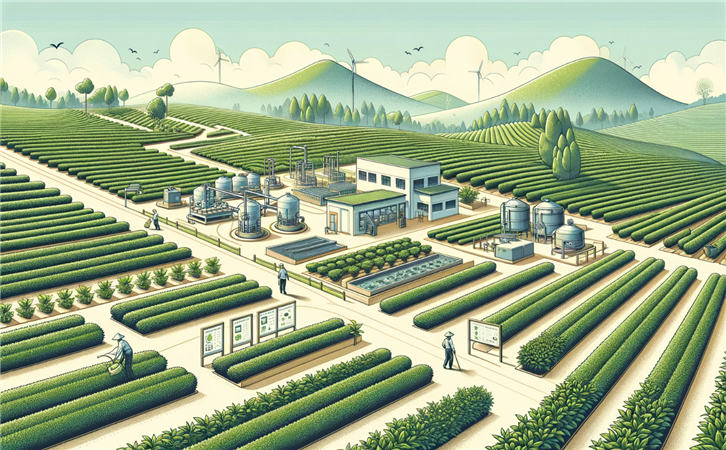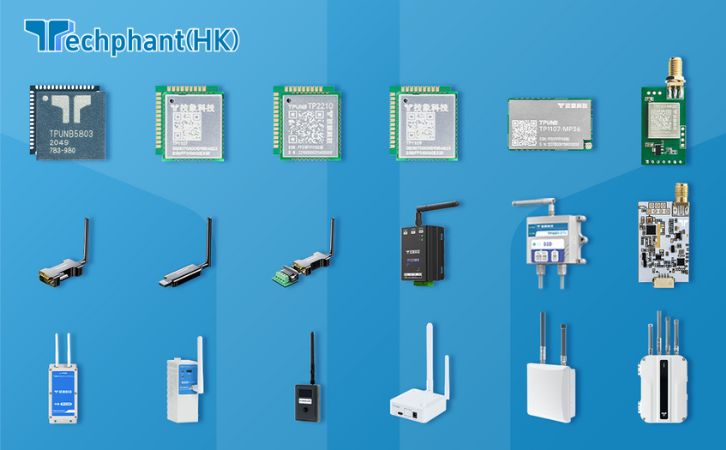the primary function of a light controller is to operate, manage, and automate lighting systems by adjusting parameters such as intensity, color, timing, and movement. Below is a detailed breakdown of its functions across technical, practical, and application-specific dimensions:
1. Core Control Functions
Light controllers serve as centralized or distributed systems that bridge power sources and lighting fixtures, enabling dynamic manipulation of light properties:
Brightness/Dimming: Adjust light intensity via analog (e.g., 0–10V DC voltage control) or digital signals (e.g., DALI, DMX) .
Color Management: Control color temperature, RGB values, or dynamic color changes for ambiance or visual effects (e.g., stage lighting, architectural accents) .
Timing and Scheduling: Automate on/off cycles based on time schedules (e.g., dusk-to-dawn sensors, astronomical clocks) .
Movement and Direction: Program moving fixtures (e.g., stage spotlights, industrial scanners) for directional changes or sweeping effects .
2. Automation and Energy Efficiency
Controllers integrate sensors and algorithms to optimize energy use and user convenience:
Occupancy/Vacancy Sensing: Automatically turn lights on/off based on human presence, saving 25–30% energy in unoccupied spaces .
Daylight Harvesting: Use photocells to dim artificial lights when natural light suffices, reducing energy consumption .
Demand Response: Dim lights during peak grid loads to lower electricity costs .
3. Application-Specific Functions
a) Stage and Entertainment Lighting
Dynamic Cue Programming: Store and trigger complex lighting sequences (e.g., color fades, strobes) synchronized with music or performance timing .
Multi-Fixture Control: Manage dozens of intelligent fixtures (e.g., moving heads, lasers) via DMX protocols for cohesive shows .
Live Adjustments: Use manual interfaces (sliders, MIDI controllers) for real-time improvisation during performances .
b) Commercial/Industrial Lighting
Centralized Management: Coordinate lighting across large facilities (e.g., offices, factories) via building management systems (BMS) .
Zonal Grouping: Control lights in predefined groups (e.g., floors, departments) for task-specific illumination .
Emergency Integration: Automate exit signs, emergency pathways, and fail-safe operations during power outages .
c) Residential/Smart Lighting
Wireless Control: Enable app-based, voice-activated (e.g., Alexa, Google Home), or remote operation via Wi-Fi/Bluetooth .
Scene Setting: Create custom moods (e.g., “Movie Mode” dimming) with preset lighting combinations .
4. Technical Components and Working Principles
Light controllers rely on hardware/software ecosystems:
| Component | Function | Examples |
|---|---|---|
| Control Protocols | Standardized communication for fixture interoperability | DMX512 (stage), DALI (commercial), 0–10V (basic dimming) |
| Sensors | Detect environmental inputs (motion, light, sound) | Photocells, occupancy sensors, microphones |
| Processing Units | Execute programmed logic (e.g., microcontrollers, control panels) | Lutron hubs, DMX consoles |
| User Interfaces | Allow manual input (e.g., switches, touchscreens, foot pedals) | Sliders, keypads, mobile apps |
5. Advanced Capabilities
Fail-Safe Operation: Maintain partial functionality during central system failures via decentralized controls .
Integration with IoT/BMS: Sync with security, HVAC, or CCTV systems for holistic building automation .
Data Analytics: Monitor energy usage, fixture health, and occupancy patterns for optimization .
Conclusion
Light controllers transcend basic on/off functionality by enabling precision control, energy savings, and creative lighting designs. Their roles span from simple dimming in homes to orchestrating complex stage shows or industrial inspections. As evidenced, they are indispensable in modern lighting for enhancing safety, efficiency, and user experience across all sectors .



